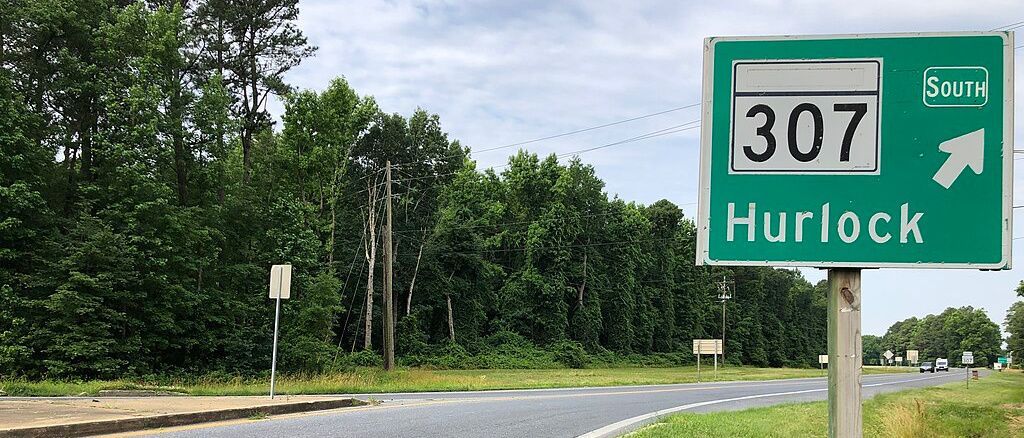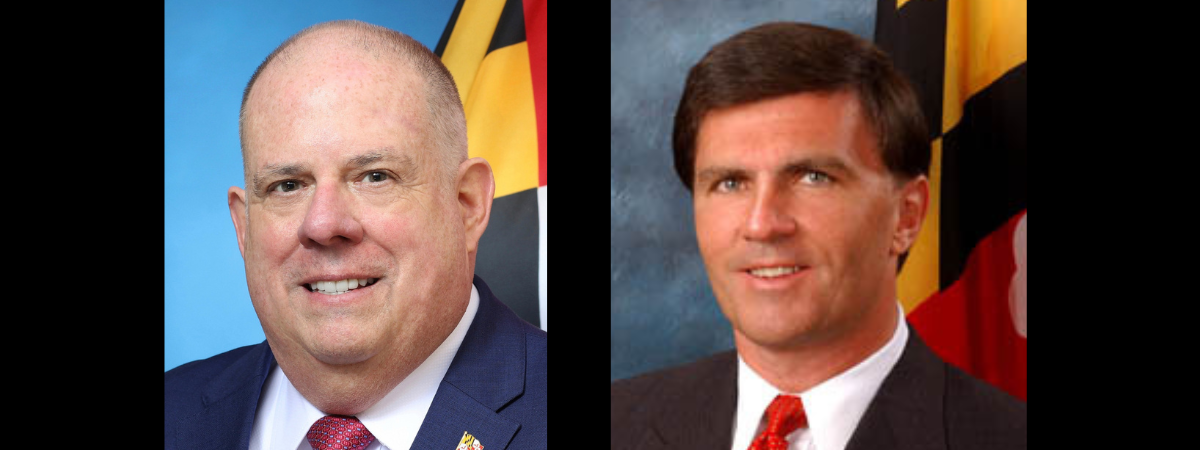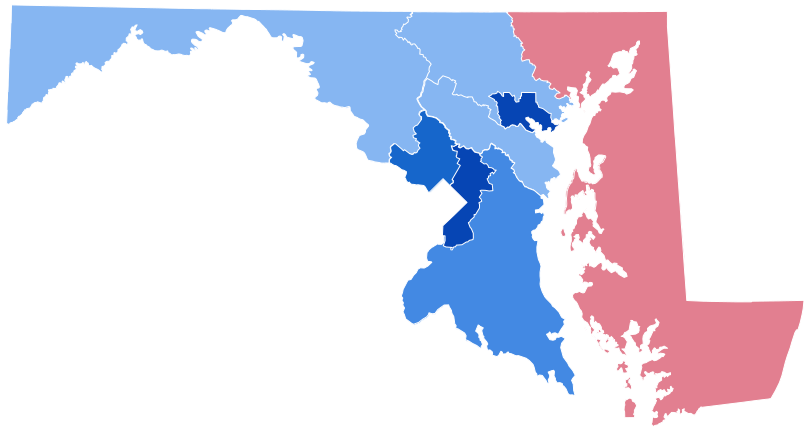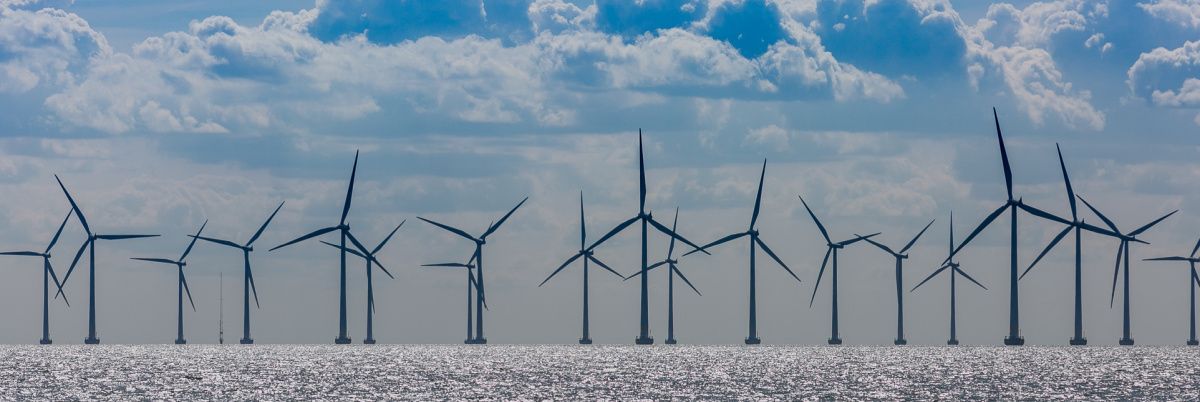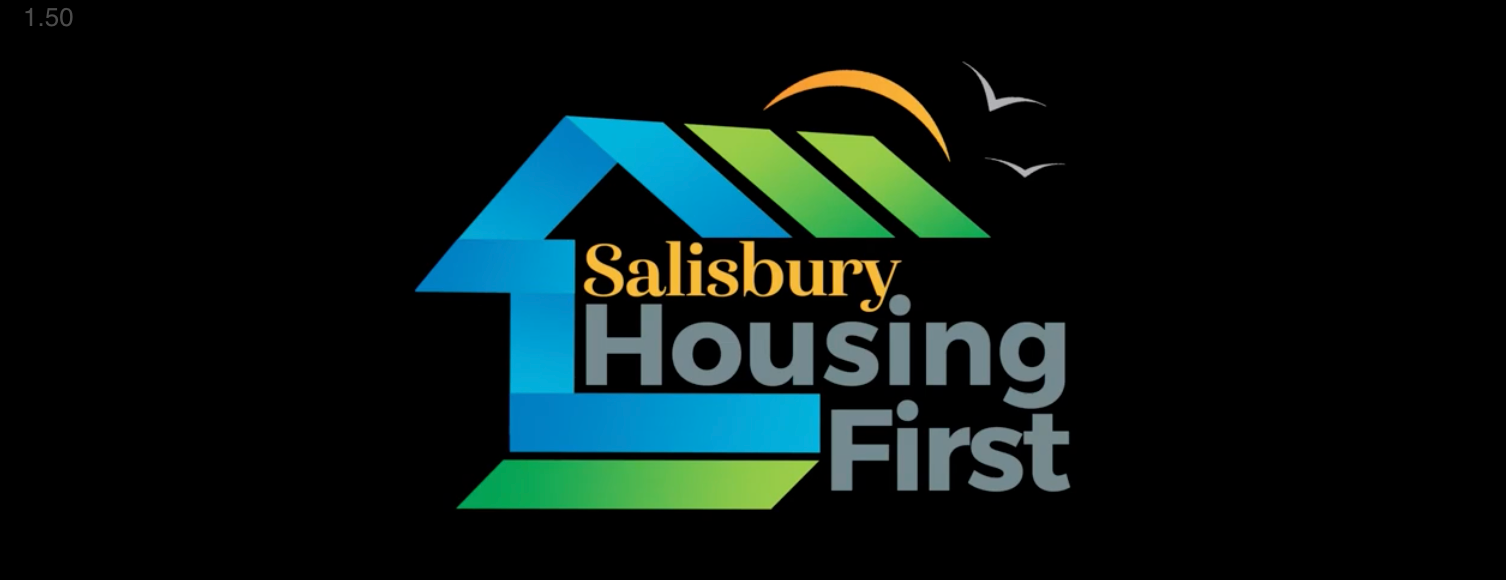Maryland has been a “Blue” State for Decades, and it’s Getting Bluer

The 2024 election is Donald Trump’s third bid for the U.S. presidency, having won in 2016 and lost in 2020. Maryland voted for the Democratic candidate in both cases and its 10 electoral votes have been considered a given for the Democratic candidate in past general elections.
As we near the 2024 general election, Capital News Service examined how Maryland has voted in presidential elections over the past 50 years.
“Maryland as a whole has high levels of education, which is one of the things — but only one of the things — that helps to account for its commitment to the Democrats,” said Matthew Crenson, professor emeritus at Johns Hopkins University’s political science department.
Other factors Crenson mentioned were that Black voters make up around 30% of Maryland’s electorate, as well as large numbers of the Latino community, although the political leanings of the latter demographic are currently in flux.
Current Maryland opinion polls for the 2024 election have Harris ahead of Trump by a significant margin, par for the course in a state that has voted consistently blue for eight presidential elections. According to data from the Maryland State Board of Elections, Maryland voters have chosen only three Republican candidates since the 1960s: Richard Nixon, Ronald Reagan, and George H.W. Bush.

In 1972, Nixon was an incumbent president who won re-election in a landslide victory, the largest popular vote margin in United States history. Reagan’s 1984 victory was another case of incumbency and an extremely popular candidate. In the following election, Bush narrowly won 51% of the Maryland popular vote.
It’s generally agreed that the 2024 election’s swing states are Arizona, Georgia, Michigan, Nevada, Pennsylvania, and Wisconsin; some include North Carolina in the list as well. But are there “swing” counties in Maryland?
Three counties switched sides between the last two elections: Frederick, Kent, and Talbot voted for Trump in 2016, but Biden won in those three counties in 2020.
Kent could qualify as a swing county. Voters there chose the Democratic candidate three times out of the last nine elections, and the voting margins were typically small: in four elections, merely a fraction of a percentage point decided the county’s popular vote. Kent is also the state’s least populous county, with about 19,000 residents, according to 2020 U.S. census data.
“The balance of politics within a small population can change radically with relatively small changes in the population itself,” Crenson explained.
Biden won Frederick County by about 10 percentage points in 2020. The three previous general elections in the county were close, with the Republican candidate winning in each case by less than four percentage points. Crenson said that Frederick County is becoming more politically divided as it becomes “a suburb of Washington.”
“The result is that federal employees, most of whom vote Democratic, are beginning to populate Frederick County and taking over its electorate,” Crenson said.
In fact, the voting habits along the entire I-95 corridor are subject to influence from the nation’s capital, Crenson said.
“Government employees tend to have rather high levels of education and recently — that is, within the last 10 or 15 years — people with college degrees have been gravitating toward the Democratic Party.”
Maryland voter turnout — the percentage of registered voters who cast a ballot — also took a dip from 74% in 2012 to about 72% in 2016. A change in voter turnout under five percentage points is typical, but 2016 was the lowest voter turnout since 1996, the general election between Democrat Bill Clinton and Republican Bob Dole.
“Neither of the two candidates electrified Maryland,” Crenson said.
The 2024 election will be the first general election after the covid-19 pandemic. For the last election, which took place at the onset of the pandemic, the Maryland State Board of Elections restricted poll voting and encouraged voters to request and complete mail-in ballots — which accounted for a majority of all Maryland ballots.
The results of the 2024 election will establish whether many Marylanders continue to vote by mail or return to the polls. Crenson predicts that mail-in ballots will likely continue to be the avenue for many voters.
Capital News Service is a student-powered news organization run by the University of Maryland Philip Merrill College of Journalism. For 26 years, they have provided deeply reported, award-winning coverage of issues of import to Marylanders.
Common Sense for the Eastern Shore
